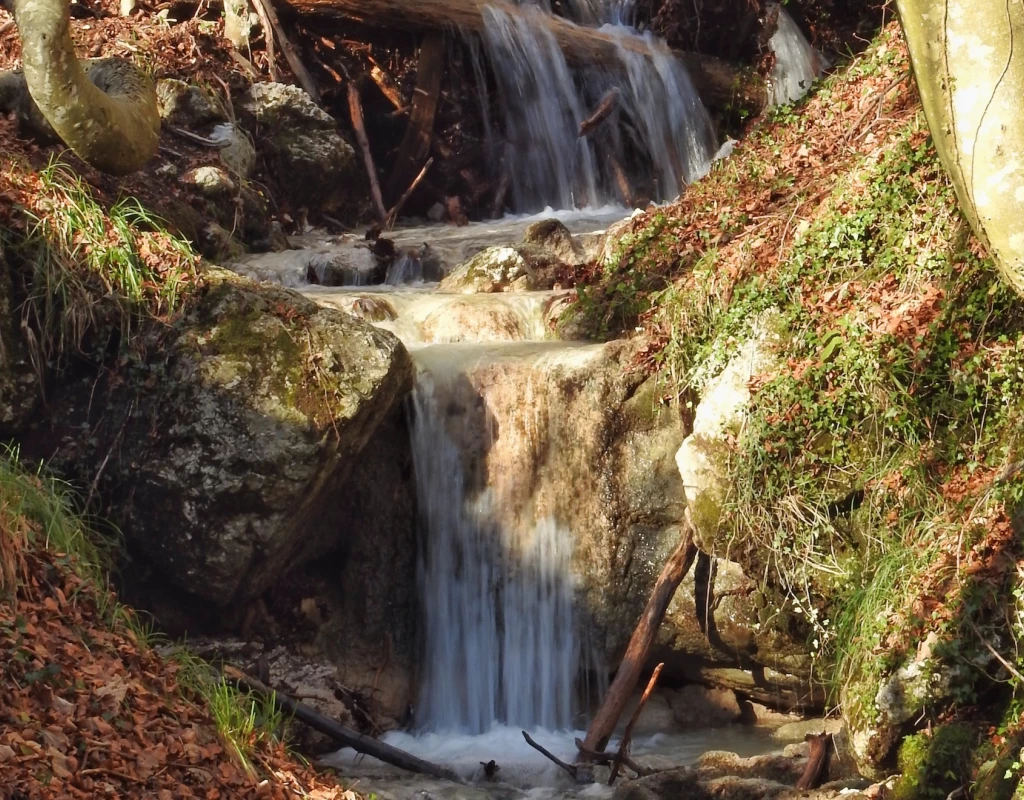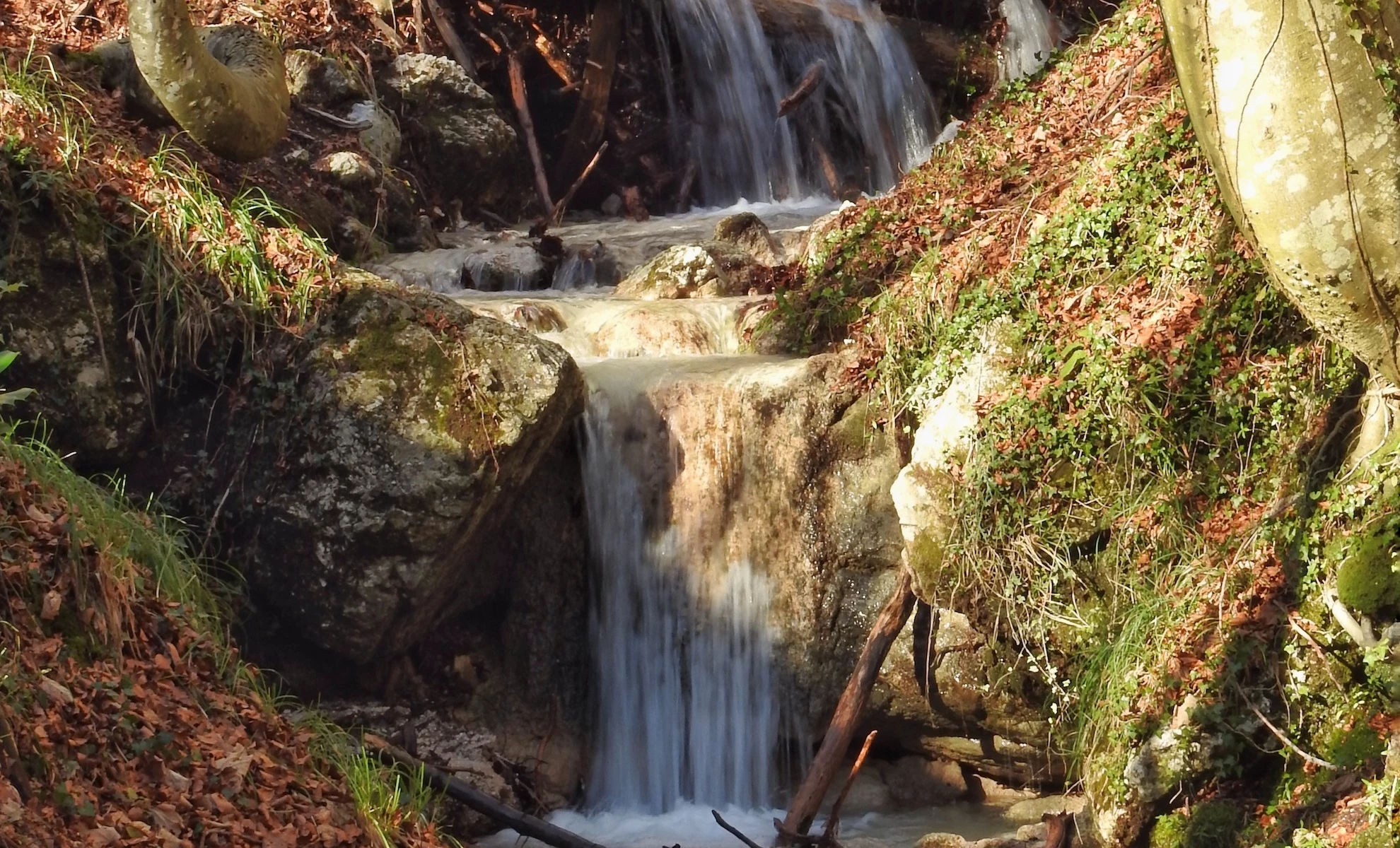In the Monti Picentini Regional Park, along the twelve kilometers between the village of Campagna and the Oasis of Mount Polveracchio, the chirping of chaffinches echoes in the dense silence of the forest.
Ph. Raffaele Imondi - Trentaremi
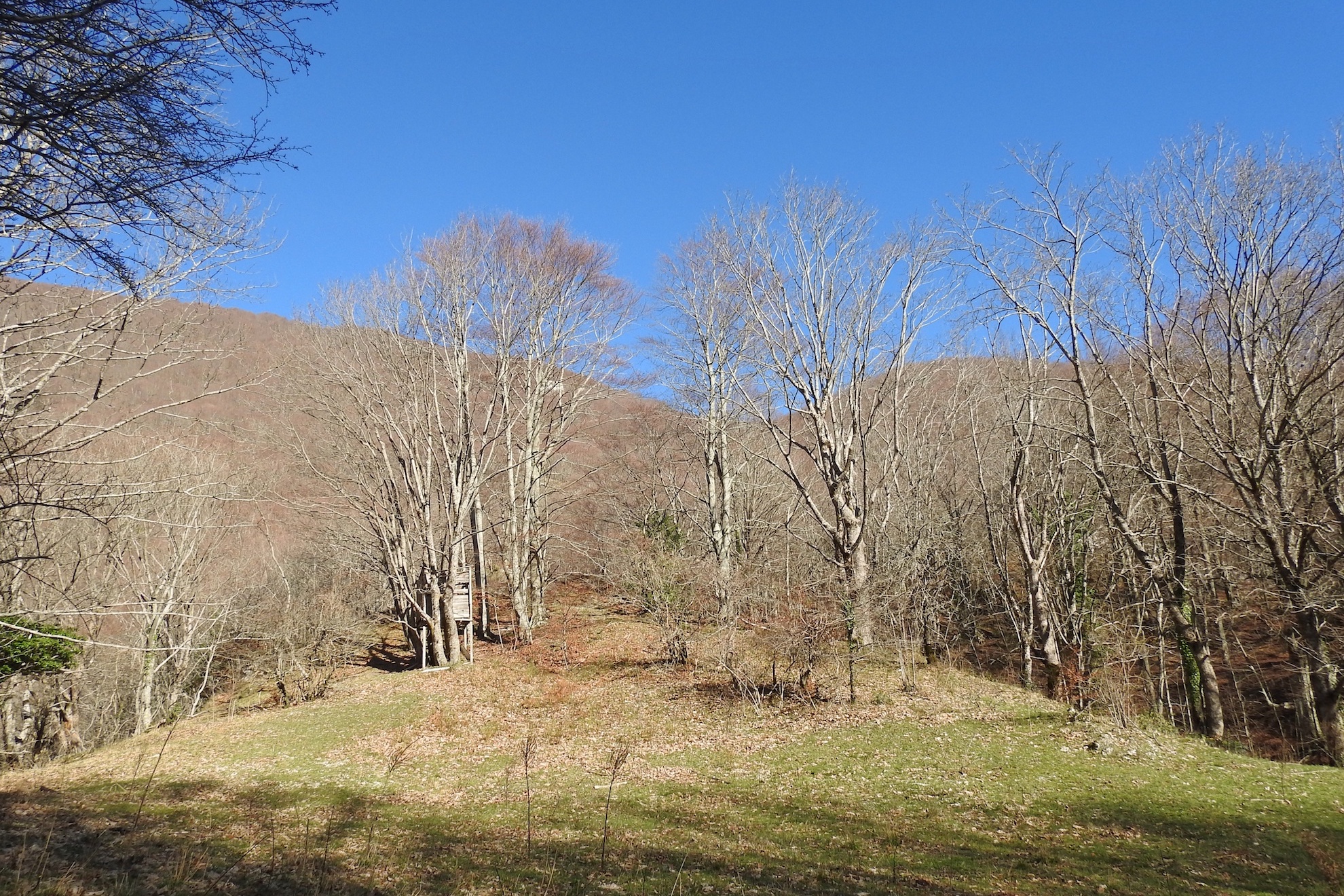
The jay disappears and reappears, plays among the branches, with its colorful feathers and its irreverent song. Every effort to photograph it is in vain. Autumn stripped the foliage of the trees, changing the road cloak into a soft red carpet that smells of damp and moss. You cannot resist the temptation to taste the water, now icy, of the Tenza river that flows towards Campagna. The woods make us all children again. From the limits of the path, the cap of a sly mushroom emerges, among the leaves and dusty residues.
The name Polveracchio suggests a typical geological characteristic of this calcareous mountain: it crumbles when it rains, it pulverizes like flour when the sun comes up. In this period of heavy rains and lower temperatures, limestone crumbs lay down in large quantities right at the beginning of the path, before reaching the picnic area.
Ph. Raffaele Imondi - Trentaremi
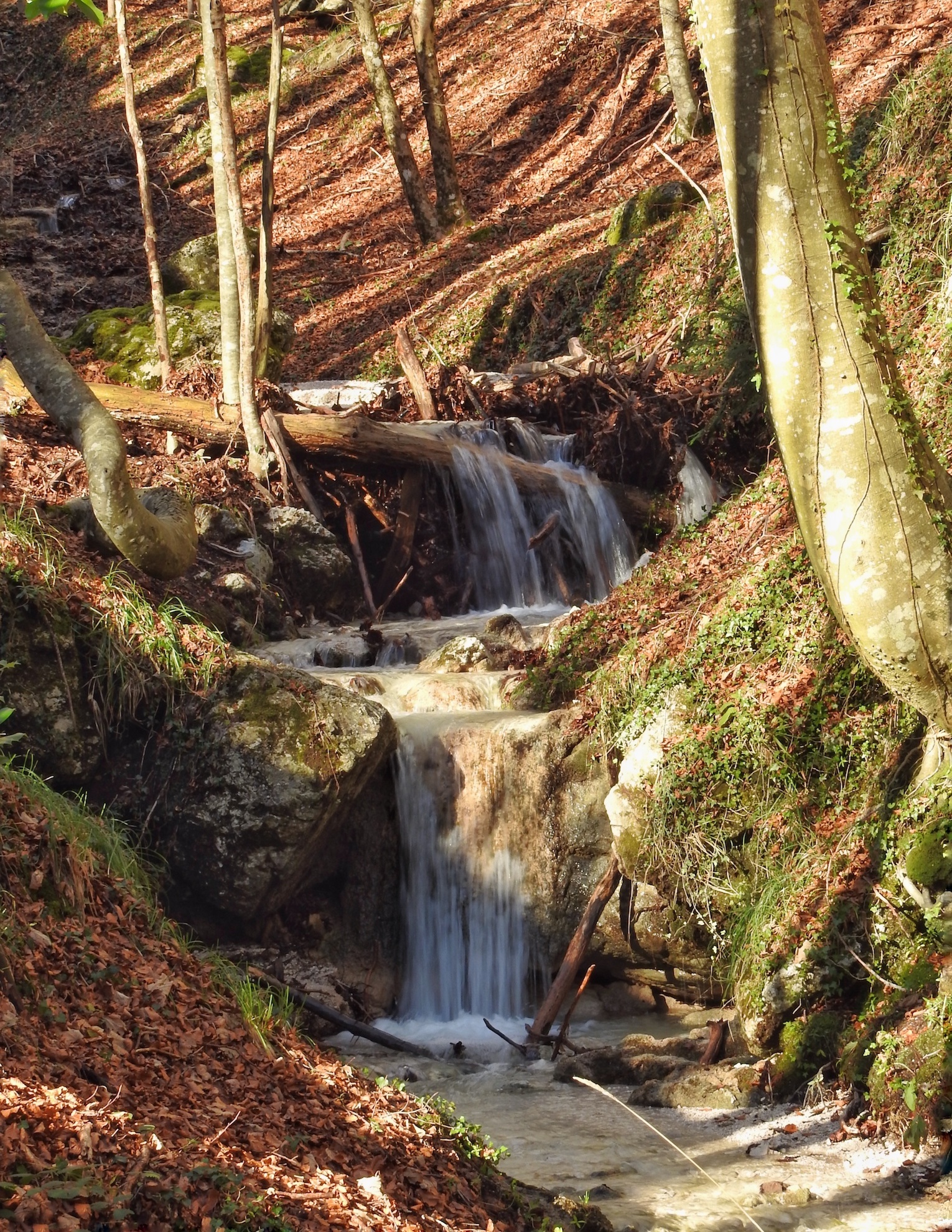
Ph. Raffaele Imondi - Trentaremi
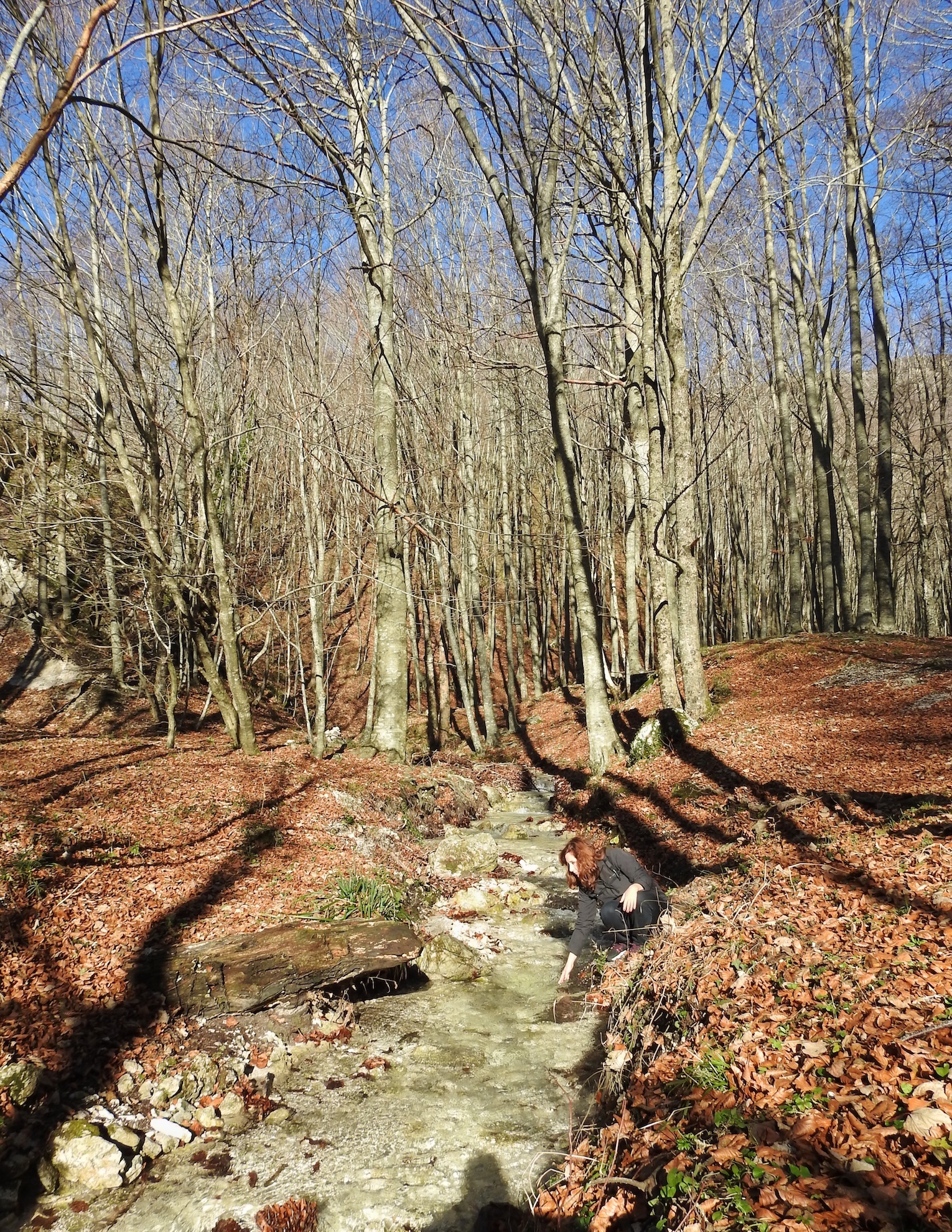
The beech dominates the landscape: tall, slender, elegant with ancient beauty even when it is bare. His company softens the sounds, muffles the steps, the movements, and gives familiarity to the environment. All the mountains of the southern Apennines are populated by beech woods. Here on Mount Polveracchio they live together with some samples of yew, with maples, with birches, a plant that settled in this area with the glaciations of the Quaternary and survived the passage of centuries.
While you seat on the wet ground, between the fallen leaves and the bulky roots, you almost hear the voice of these trees: what they say, how they communicate, how they help each other. High altitude grasslands resist autumn and winter by absorbing the last rays of the sun.
A male kestrel | Ph. Raffaele Imondi - Trentaremi
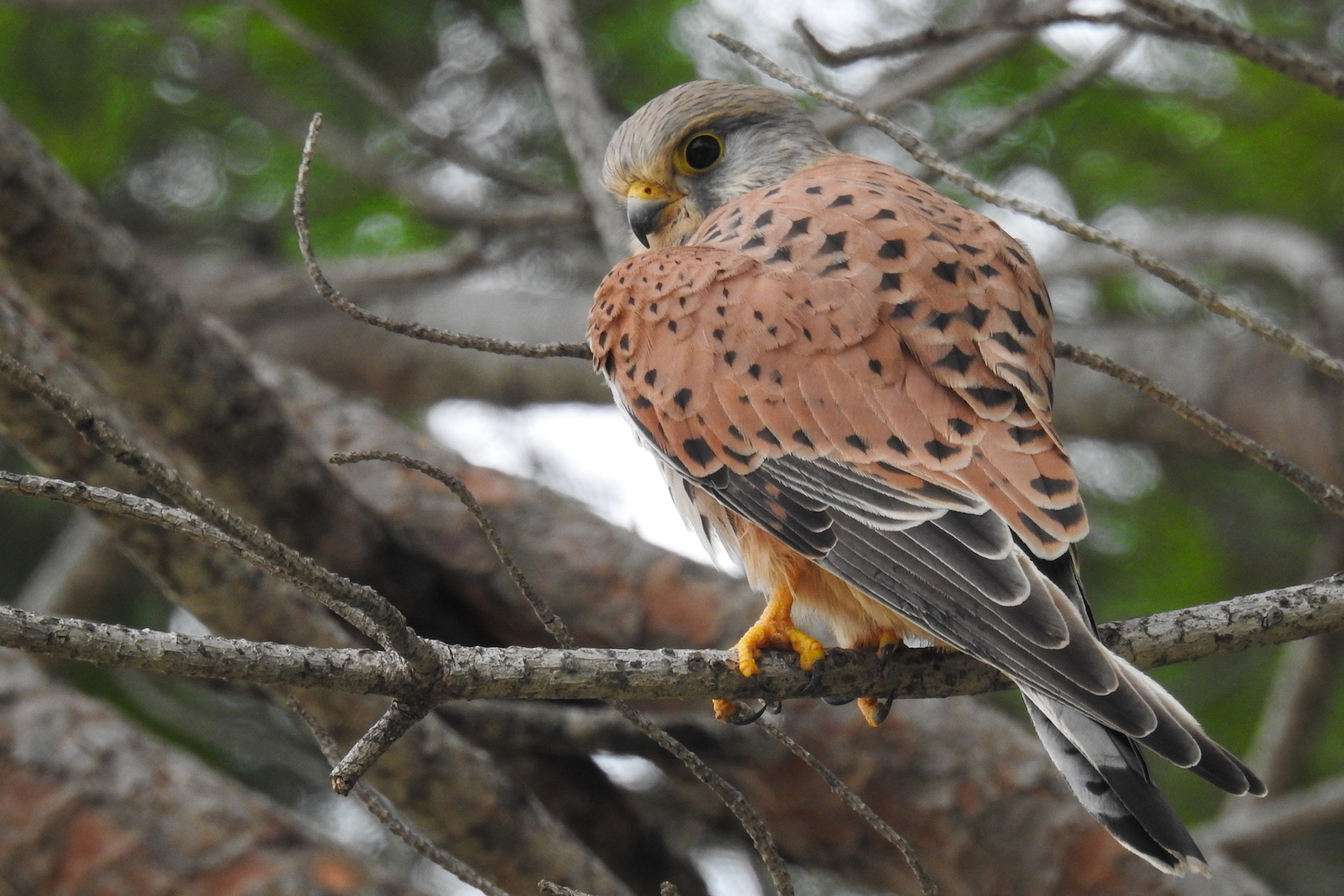
It is almost a mission to look for the salamander among the stones and the wet leaves of the river. With each step, a slight movement between the leaves requires you to stop and inspect, but the salamander is shy and hardly allows you to gaze. As is the wolf, symbol of this oasis: who knows where it is hiding? Even a path is dedicated to him. A thrill of emotion rises along the back: some traces of animals along the way at first glance suggest that the king of this forest passed through here a short time ago. But a more careful observation dampens the enthusiasm: it was most likely only a dog. Again, you feel that the forest brings us back to child age, with the old desire to amaze ourselves, to live new experiences.
Ph. Raffaele Imondi - Trentaremi
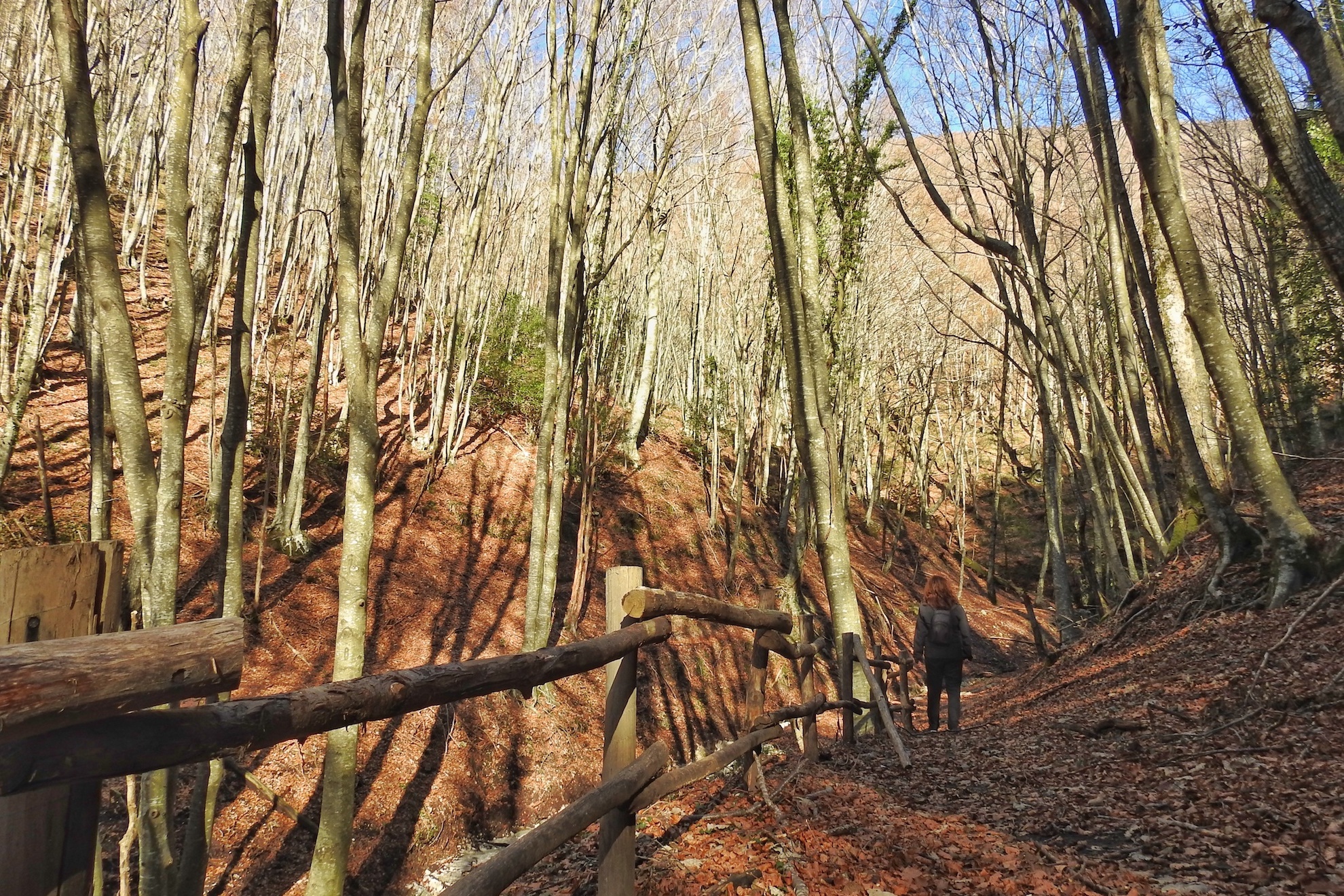
Founded in 1988, the Monte Polveracchio Oasis extends over an area of about two hundred hectares which also includes that of the Valle della Caccia, in Senerchia, in the province of Avellino. Both reserves occupy the two sides of the same mountain, that very Polveracchio, which is the third highest peak of the Picentini Mountains after Cervialto and Terminio, and among the highest in Campania with its 1790 meters.
